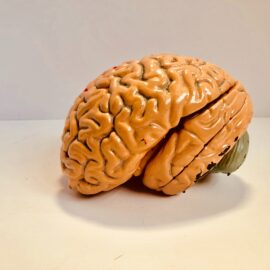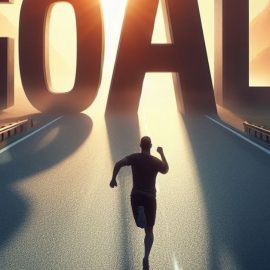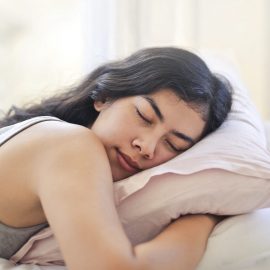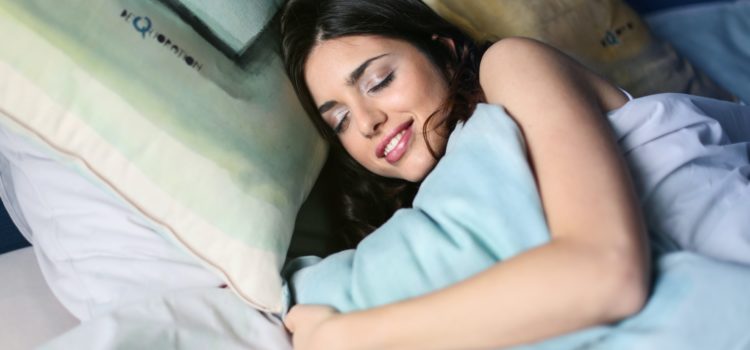
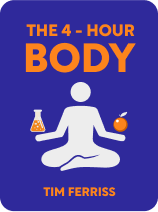
This article is an excerpt from the Shortform book guide to "The 4-Hour Body" by Timothy Ferriss. Shortform has the world's best summaries and analyses of books you should be reading.
Like this article? Sign up for a free trial here .
What is good sleep? How do you enhance your quality of sleep?
If you’re wondering, “what is good sleep?” the answer is more complicated than just a minimum number of hours. In The 4-Hour Body, quality of sleep is a multi-faceted measurement of brain activity, sleep cycles, and blood sugar.
Read on to answer the question: what is good sleep?
What Is Good Sleep?
The author had chronic onset insomnia (taking a long time to fall asleep) and self-experimented to find solutions. Self-experimentation is particularly useful for sleep because, in a formal setting like a sleep lab, you’re in an unfamiliar location with wires attached to you, which makes it even more difficult to fall asleep.
The author measured his sleep patterns using a variety of at-home gadgets, the most useful of which was the Zeo, a headband that measures brain activity. (He found that devices that use motion-sensing technology to determine whether you’re asleep or not—such as the FitBit or WakeMate—aren’t always accurate because this technology can’t always tell the difference between sleep and being awake but motionless.)
Using data from the Zeo and his other devices such as his glucose monitor, the author discovered the qualities of good sleep. What is good sleep?
- The ratio of REM (rapid eye movement sleep, which consolidates memory) to total sleep was more important. What is good sleep in terms of REM? The author found that when the ratio was higher, he was more rested and he remembered things better from the previous day. He could increase the ratio either by sleeping for longer than nine hours or waking up for five minutes after four and a half hours.
- To increase total REM by 20-30%, take 200 micrograms of Huperzine-A half an hour before bed, a maximum of three days a week. REM sleep is partly caused by the neurotransmitter acetylcholine, and Huperzine-A slows the breakdown of acetylcholine.
- A high ratio of deep-wave sleep (when your muscles grow and heal) to total sleep increases physical performance the next day. What is good sleep enhancement here? Use California poppy extract (15 or more drops). The author’s deep-wave time decreased if he drank more than two glasses of wine within four hours of falling asleep.
- What is good sleep if getting 8-10 hours isn’t enough? If you get 8-10 hours and still feel tired, it’s probably because your blood sugar is low. The author felt better in the mornings if he ate celery sticks with two tablespoons of almond butter before bed. Sometimes he also had 120-240 calories of flaxseed oil.
- If you wake up when your brain activity is high, you feel less groggy. Some devices have “smart alarms,” which will go off when they detect high brain activity within a certain pre-set time, and the author found these helpful.
Activities to Enhance Sleeping Quality
The author found that the following activities helped him fall asleep and wake up feeling good:
- Sleeping at the ideal temperature. For the author, this was under a single bedsheet at 67-70 degrees Fahrenheit. In addition to changing the temperature of your room, you can try wearing socks to keep your feet warm.
- Having a ten-minute ice bath an hour before going to bed. Cold signals the body that it’s time for bed.
- Eating fat and protein three hours or fewer before bed. For the author, if he ate more than 800 mg of cholesterol and 40 grams of protein, he fell asleep faster. Eating rib-eye steaks was most effective.
- Using a humidifier. In addition to helping the author fall asleep, the humidifier reduced his facial wrinkles and eliminated sinus problems.
- Using a NightWave. A NightWave is a device that emits a blue light that slowly changes luminosity. Synchronize your breathing to the intensity changes to fall asleep faster.
- Using a blue-light emitter. Blue-light emitters give off light that resembles a sunny day. The author found if he pointed the light at himself for 15 minutes in the morning, he fell asleep the next night within ten minutes.
- Exercising. Exercise, in general, helps you fall asleep, and the author got the best results with injury prevention stabilization exercises (see Chapter 12).
- Sleeping in the military crawl position. It’s difficult to move out of the military crawl position, so once you’re positioned, you’re less likely to fidget, and when you can’t fidget, you fall asleep faster. To get into position, lie on your stomach with your head turned to the right. Your left arm should be straight by your side, palm up. Your right arm should palm-down, bent at 90 degrees, or tucked under your pillow. Your left leg is straight and your right leg should be bent at 90 degrees.

———End of Preview———
Like what you just read? Read the rest of the world's best book summary and analysis of Timothy Ferriss's "The 4-Hour Body" at Shortform .
Here's what you'll find in our full The 4-Hour Body summary :
- How to do the least amount you need to do for the results you want
- Why you need a cheat day in your diet
- How to improve everything about your body, including sleep, sex, and longevity

